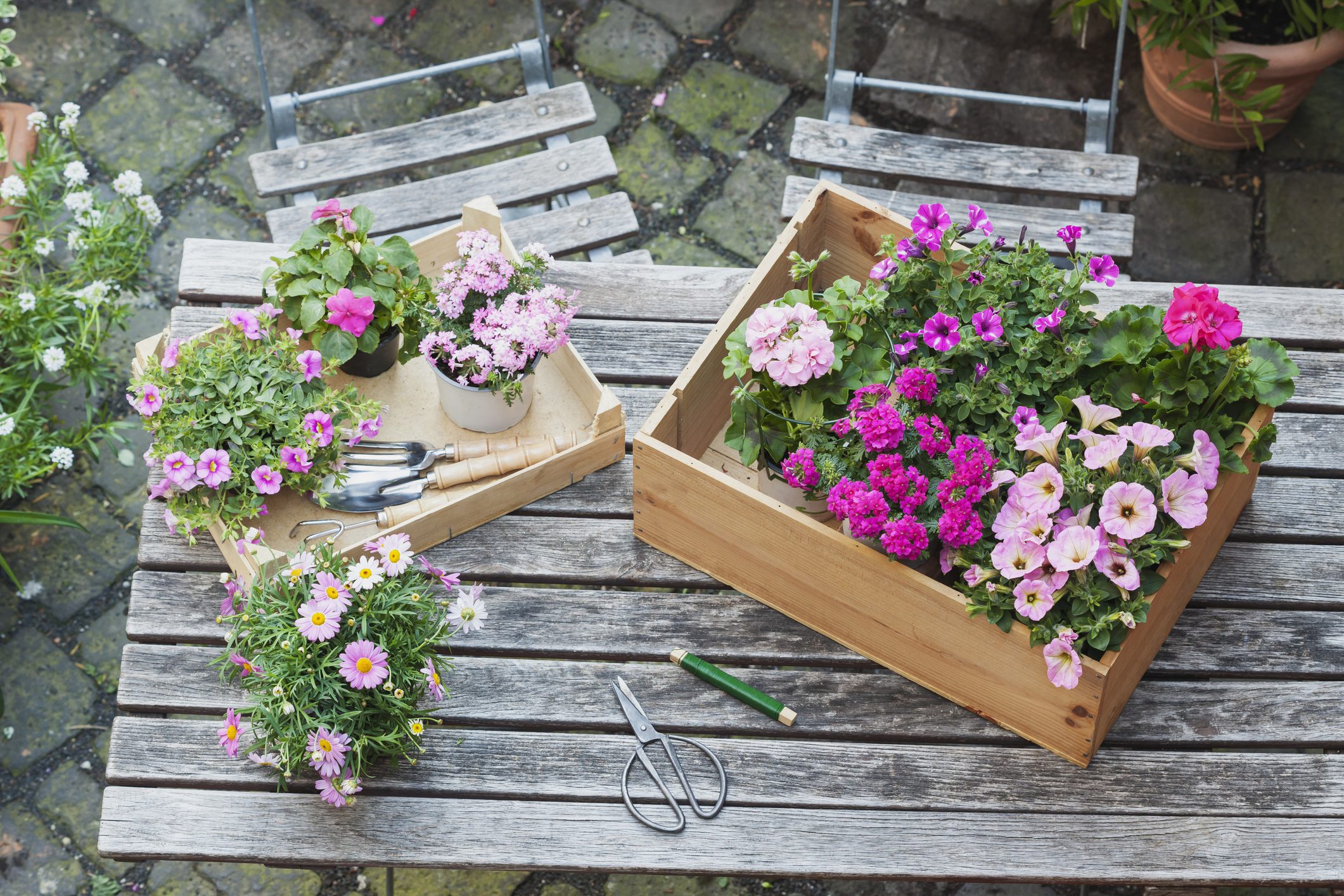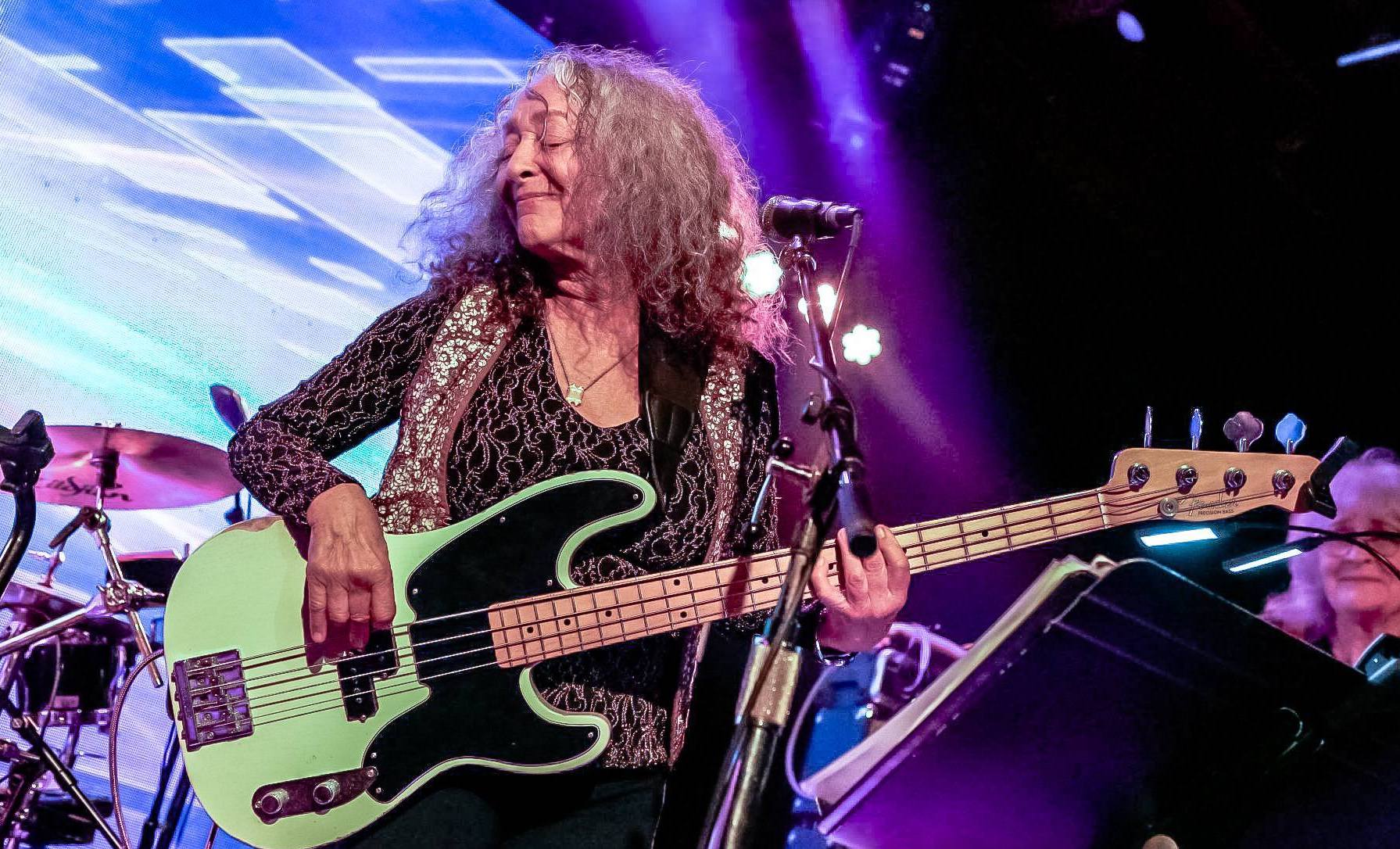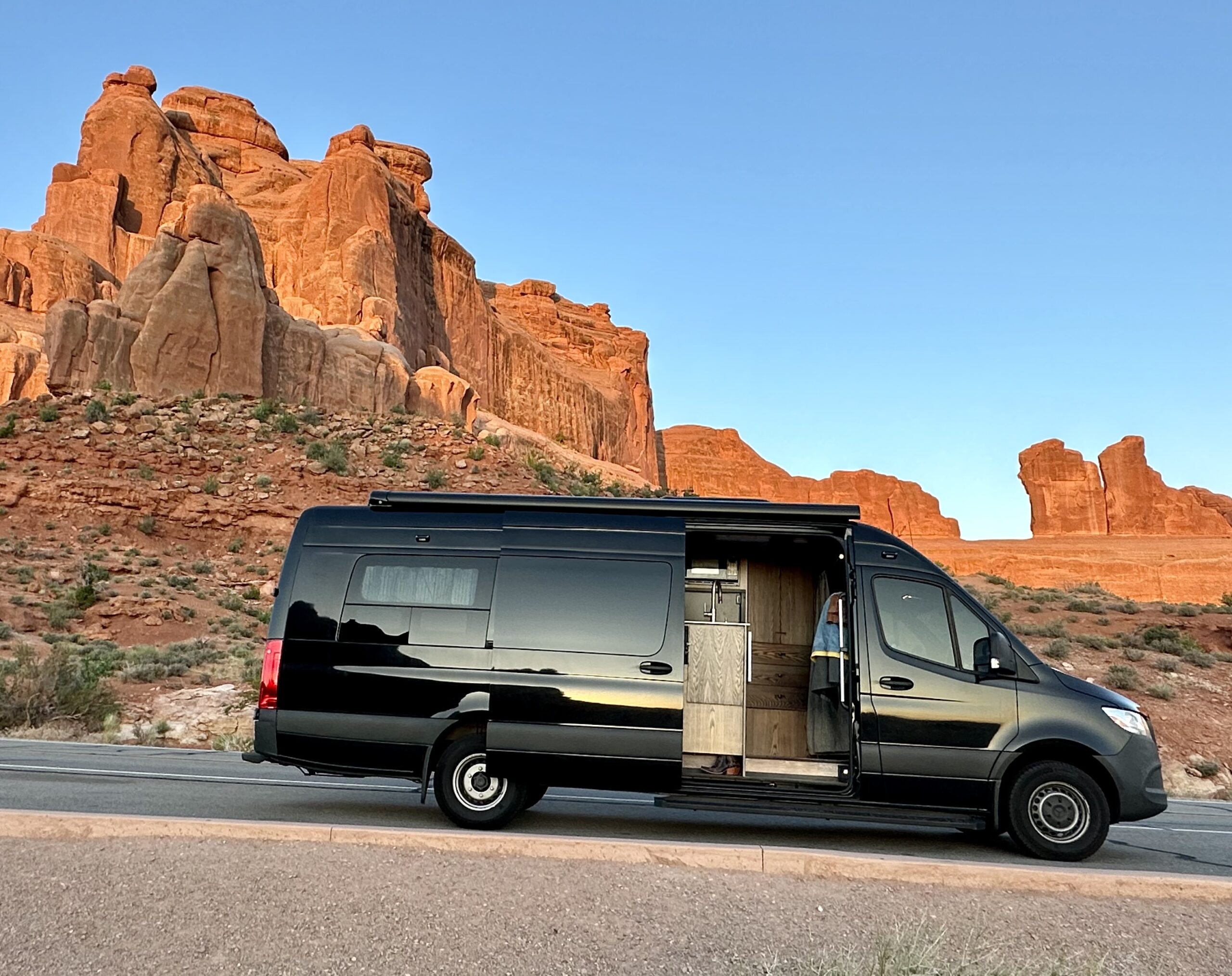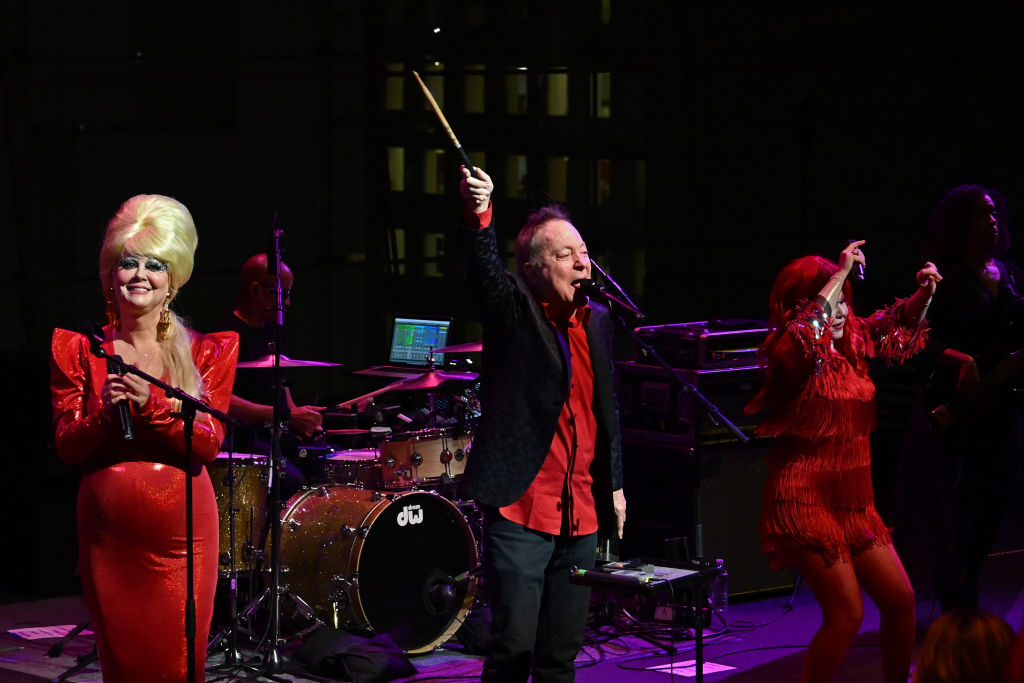Gardening isn’t just enjoyable and productive, it’s good for both your physical and mental health, studies about gardening for older adults show. Connecting with nature brightens your mood, increases relaxation and reduces anxiety and depression. Plants improve the quality of the air you breathe, releasing oxygen and absorbing carbon dioxide. It’s a calm, low-impact physical activity that gets you off the sofa. Beauty is a bonus: seeing a lovely living thing bloom under your care.
Its benefits are highest for women, vegetable growers and folks of modest incomes, a recent study about urban gardening in the Twin Cities revealed. Our friends from Senior Planet share more.
Ready, Set, Plant!
An easy way to start: garden in containers. It doesn’t matter if you have poor soil or no soil, if your yard is concrete or stone, or if you have a balcony or windowsill. Results can be spectacular: think of plants in varied colors, shapes and textures, or vividly-patterned Mexican or Italian ceramic pots. If it’s hard to bend down, no problem: you won’t have to. I prefer a riot of color and variety (see left), but the possibilities are endless.
“You can have a full garden in containers without the work required with a traditional garden bed,” says Shelby DeVore, author of Think ‘Inside’ the Box, an ebook about container gardening and founder of Farminence, a website about simple living. “Plant breeders and seed companies have focused on creating more plants that are better suited to smaller spaces and container gardening over the past decade. These smaller plants are just as productive as their larger relatives without the hassle of all that maintenance.”
She adds: “You won’t have to spend hours pulling weeds, which can be hard on your back, knees and hands. It’s also easier to manage the amount of water and fertilizer your plants get.”
What to Choose?
The easiest plants to grow in containers are succulents. If only cactus or jade plants come to mind, there’s a whole world of waxy fleshy-leaved plants out there. Succulents called echeverias and aeoniums grow in rosettes, some small and tight, others in looser shapes up to 18” wide, and come in green, silvery-blue, pinkish-lavender or purplish-black. They need minimal watering and in summer often sprout coral flowers on tall stems.
Imaginative container ideas, like shallow bowls, square wood boxes, vertical hangings and large seashells, and designs abound in Succulents, a book by Robin Stockwell, the retired founder of Succulent Gardens, a nursery near Monterey, California selling 750 varieties.
Containers made from porous materials, like terra cotta and wood, need more watering, versus plastic, glass or glazed ceramic, says Stockwell, who suggests you can pick your containers first, perhaps in hues to match your yard or balcony furniture, then plants that complement it.
No need to restrict yourself to flowers and plants. If you want the thrill of growing your own food, tomatoes, peppers, lettuce, herbs like fragrant rosemary and mint, and citrus trees can thrive in containers. The Tahitian Orange, which produces small fruits tasting like a mix of tangerine and lemon, is ideal for indoor container growing year-round, Jen Stark, founder of Happy DIY Home, a home and garden website, recommends. Its pot must be deep enough to balance the weight of the fruit, and it grows best in direct sunlight in front of a window, away from drafts. It can be outside as long as temperatures average 68 F in daytime and drop no more than 10 degrees at night.
For detailed tips and inspiration, a wonderful resource is the website of the National Gardening Association. Besides a database of about 750,000 plants, guides to growing each, climate zone maps, forums for questions and a free weekly newsletter, readers post beautiful photos of flowers and gardens that are their pride and joy.

Growing Bolder has teamed up with Senior Planet to bring you more technology content to keep you on the cutting edge of the latest in devices, platforms and tools.














